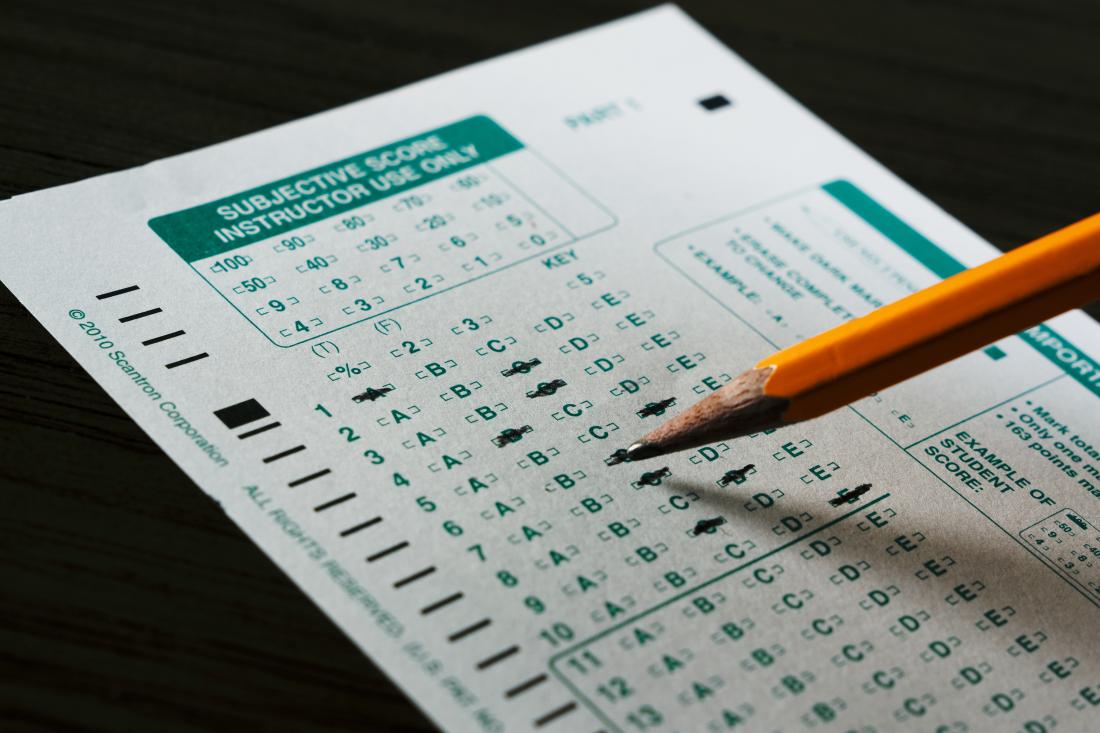The Effect of Financial Incentives on Elementary School Test Scores in the United States
- Primary schools
- Students
- Rural population
- Student learning
- Monetary incentives
Educators and policymakers are increasingly interested in whether offering students incentives can improve their academic performance. J-PAL affiliate Eric P. Bettinger partnered with a public school district in Ohio to study whether financial incentives offered to elementary school students could increase standardized test scores. Students who were eligible to win gift certificates had higher math scores and read more. It is uncertain whether these effects were due to the financial incentives themselves or to changes in teaching style.
Problema de política pública
Educators and policymakers are increasingly interested in whether offering students incentives can improve their performance. While many teachers use informal rewards such as pizza parties, visits to museums, or other forms of entertainment to motivate their students, school districts in a number of American cities have implemented formal financial incentive programs that give students money for meeting academic standards. J-PAL affiliate Eric P. Bettinger (Stanford) partnered with a public school district in Ohio to study whether financial incentives offered to elementary school students could increase standardized test scores.
Contexto de la evaluación
Coshocton, Ohio is a low-income, rural community. According to the 2000 Census, the average income in Coshocton was US$24,000, which is considerably less than the Ohio-wide average of US$31,000. Coshocton is 94 percent white and over 55 percent of students in the district qualify for free or subsidized school lunches.
Each year, students in grades 3 through 6 take standardized tests for the core subjects of math, reading, writing, science, and social studies. Based on test scores, students received one of five ratings in each subject (from lowest to highest): deficient, basic, proficient, advanced, and accelerated. In 1999, Coshocton City Schools were performing so poorly that the state of Ohio threatened to intercede and take direct control of the schools.

Detalles de la intervención
In 2004, using funds provided by the Simpson Family Foundation, the Coshocton City Schools public school district established a financial incentive program for elementary school students to improve student achievement in the five core subjects.
Students in grades 3 through 6 in each of Coshocton’s four elementary schools participated in the evaluation. Every year of the study, eight of the sixteen grade-school combinations were randomly selected through a lottery to receive the financial incentive program. Eligible students were awarded US$15 for each test on which they scored ‘proficient’. This amount rose to US$20 if the student attained the ‘advanced’ or ‘accelerated’ designation. Students could win up to a total of US$100 each year. To ensure that parents did not take the money their children were awarded for themselves, students were paid with gift certificates redeemable only for children’s items at any store in Coshocton.
The remaining eight grades of students served as the control group and did not receive any performance-based incentives. This randomization made it possible to compare the academic achievement of students who were eligible to win gift certificates with students who were not to see whether financial incentives had any impact on performance.
Resultados y lecciones de la política pública
The researcher found that the financial incentive program increased mathematics test scores by approximately 0.15 standard deviations for students in the treatment group, who could win a gift certificate, compared to control group students. Financial incentives were most effective at improving the performance of students who were already proficient in math. While there is evidence that students with the lowest scores also improved, the incentive program did not lead to an increase the number of students who achieved a proficient score.
Financial incentives had no discernable impact on reading scores. This finding fits with the conclusions from previous studies in education: it is easier for children to improve their math scores through memorization than it is to improve literacy skills in preparation for a reading test. Nonetheless, students responded to financial incentives by increasing the amount of reading they did by approximately one extra book per year.
Researchers found that the financial incentives program had no significant impact on science and social studies scores. The analysis of writing tests was omitted due to difficulties in comparing scores across different years.
To address concerns that financial incentives might have adverse effects on students’ work ethic with respect to tasks that were not incentivized, researchers examined data from a 2007 survey of students and teachers. There were no measurable differences between the treatment and control groups in terms of students’ self-reported willingness to work hard or in their teachers’ assessments of their work ethic.
Although the precise mechanism through which financial incentives improved math scores and motivation to read is not known, follow-up surveys with teachers suggest that changes in teaching styles may be partly responsible.